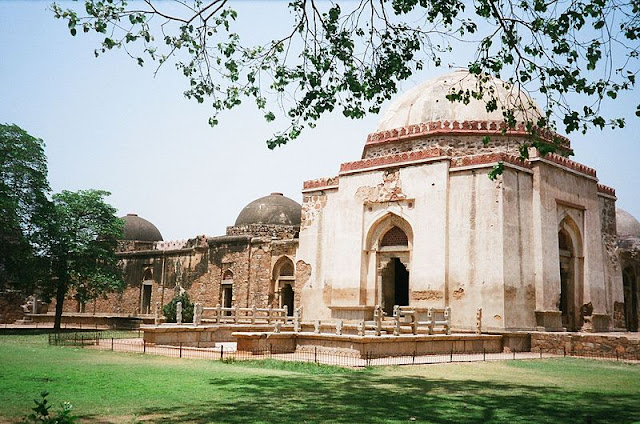Raja Ram Mohan Roy, friend of Jeremy Bentham

Raja Ram Mohan Roy/Wikipedia Commons Born in 1772 at Radhanagar (in the Hooghly district of West Bengal), Raja Ram Mohan was known for his advocacy of social reform. In 1815, he founded Atmiya Shabha in Calcutta to propagate monotheism and reforms in the Hindu society. In 1828, he founded a sect named Brahmo Sabha which was later renamed Brahmo Samaj in 1882. He launched in 1821 a Bengali weekly newspaper Sambad Kaumudi or “The Moon of the Intelligence” through which he started a campaign for the abolition of Sati. Among his Persian literary works, Tuhfat-ul-Muwahhidin (A Gift to Monotheists) published in 1803, Manazarutul Adyan , a discussion on various religions deserve special mention. In 1822, he published a Persian journal titled Mirat-ul-Akbar. Precepts of Jesus was published by him in 1820. In 1830 Raja Ram Mohan Roy went to England as an envoy of the penultimate Mughal Emperor, Akbar Shah II, to the court of King William
